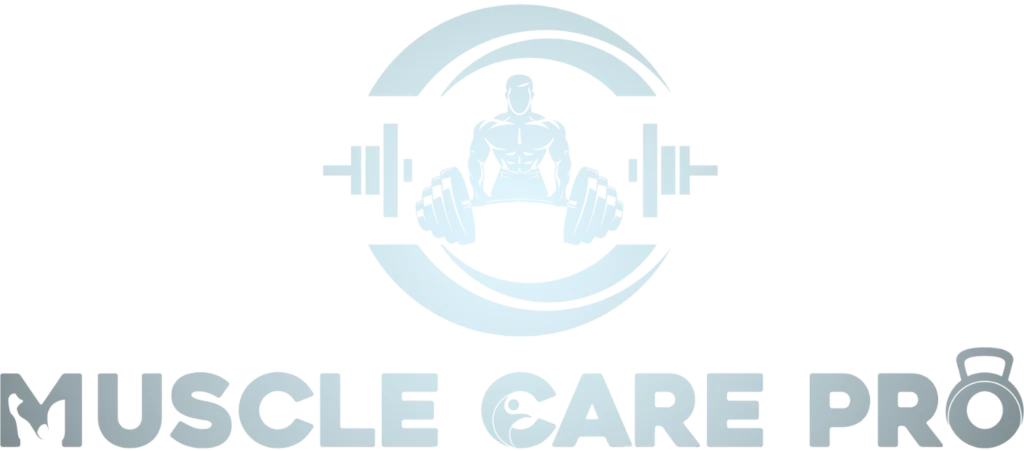At the beginning of my workouts, I was like a clueless child in a sandbox full of toys meant to build my body. It was informative yet frustrating since everyone advocated for a different regimen—some were on a particular diet, while others relied on supplements.
That’s all I wanted: something heavy and full of mass that I could work with. If you’re halfway through your workouts, don’t worry. I have been where you are and will show you what I have figured out the hard way over time.
The hope is that, with my experience, you don’t spend all that time and instead get spoiled for choice and get things done properly.
What is Muscle Density?
Before going into the strategies, let’s start with what is generally called muscle density. It’s not enough to simply state the size of the muscle. A more accurate definition of muscle density is the amount of compactness in the muscle, which allows you to look not only beefier but more ripped.
This aesthetic shape is developed through type II muscle fibers, which are responsible for strength and power. In fact, muscle density is not only pleasing to the eye but also improves the efficiency of physical performance, rather than merely enhancing outward appearance.
Step 1: Understanding the Right Kind of Training
One of the biggest mistakes I made early on was focusing solely on high-volume workouts, thinking more was always better. It wasn’t until I incorporated heavy lifting into my routine that I noticed a real change. To build muscle density, focus on:
- Low Reps, High Weight: Aim for a rep range of 3–6 for compound movements like squats, deadlifts, and bench presses. Lifting heavy with fewer reps stimulates your type II muscle fibers more effectively, leading to denser muscles.
- Compound Exercises: These are your bread and butter. Movements like squats, bench presses, and deadlifts engage multiple muscle groups at once, pushing your muscles to grow and become denser.
- Time Under Tension (TUT): It’s not just about the number of reps; how you perform them matters. Focus on maintaining a controlled tempo, with a slow eccentric (lowering) phase and a powerful concentric (lifting) phase. This increases time under tension, promoting muscle fiber recruitment and growth.
Switching to this style of training helped me break through plateaus. The key is consistency. You won’t see changes overnight, but stick with it, and your body will start to feel firmer and stronger.
Step 2: Dialing in Your Nutrition
You can train all you want, but without the right nutrition, you’ll struggle to build dense muscle. I learned this the hard way, thinking I could out-train a poor diet. To gain muscle density, focus on:
- Protein Intake: Protein is the building block of muscle. Aim for at least 1 gram of protein per pound of body weight daily. Include high-quality sources like lean meats, eggs, dairy, and legumes. Personally, I noticed the best results when I started adding a protein shake post-workout. It’s quick, easy, and effective.
- Healthy Fats: Don’t shy away from fats. They play a crucial role in hormone production, including testosterone, which is essential for muscle growth. Avocados, nuts, and olive oil are great options.
- Complex Carbohydrates: Carbs are your body’s primary source of energy. For dense muscle, you need energy to lift heavy and recover. Opt for complex carbs like oats, sweet potatoes, and whole grains to fuel your workouts and replenish glycogen stores.
- Hydration and Electrolytes: Muscles are roughly 75% water, so staying hydrated is critical. Include electrolyte-rich foods or drinks to keep your muscles functioning optimally.
Step 3: Incorporating Rest and Recovery
I used to think more training meant more results, but over time, I realized the importance of rest and recovery. Your muscles grow when you’re resting, not while you’re working out. Here’s what worked for me:
- Adequate Sleep: Aim for 7–9 hours per night. Sleep is when your body repairs itself, releasing growth hormones that aid in muscle development.
- Active Recovery: Light activities like yoga, walking, or stretching help keep your muscles limber and improve circulation, which in turn helps with muscle density.
- Rest Days: Schedule at least one or two rest days per week. It might sound counterintuitive, but taking time off allows your muscles to recover fully, ensuring you can hit the weights harder next time.
Step 4: Supplementation (But Don’t Rely on It)
Supplements aren’t magic. They can support your progress, but they won’t do the work for you. Here’s what I found helpful:
- Creatine: This is a tried-and-tested supplement that can enhance strength and muscle mass over time. I noticed increased power in my lifts after a few weeks of consistent use.
- BCAAs (Branched-Chain Amino Acids): BCAAs help reduce muscle soreness and promote muscle protein synthesis, aiding in quicker recovery.
- Multivitamins: A good multivitamin ensures you’re not missing out on any essential nutrients that support muscle health.
Step 5: Patience and Perseverance
If there’s one thing I’ve learned, it’s that building dense muscle takes time. Don’t get discouraged if you don’t see results right away.
Trust the process, stay consistent, and focus on incremental progress. Every extra rep, slight weight increase, and disciplined meal adds up over time.
Remember, it’s not just about looking good; it’s about building a stronger, more resilient body. Muscle density isn’t achieved through shortcuts or quick fixes. It’s earned through smart training, proper nutrition, and the willingness to push your limits. Keep going, and you’ll not only see a difference in how you look but also in how strong and confident you feel.











